By Yvonne Wright • Studio YNW • The Current Contributing Writer
When, in the early 1980s, an avant-garde artist from New York made his home in Jim Thorpe, few comprehended at that time the creative potential and charismatic personality this soft spoken and small-framed American-Japanese man brought to town – energizing, shortly thereafter, the already budding artistic community there. Decades later, upon the artist’s passing in 2007, Shozo Nagano left behind an enduring legacy of a kindlier humanity and passion for life through a plethora of paintings carefully selected: male nudes, geometrical abstracts and classical studies of drapes, elegantly crafted with a pictorial precision within which the rhythms of life and carnal sexual tensions run, underlining the essence of the artist’s personality that imprinted itself upon Jim Thorpe’s elite with spiritual intensity.
Shozo Nagano was born in Kanazawa, Japan, on the west coast of Honshu. His family never lived in the United States, therefore the redress and reparation payments made to Japanese Americans (Nikkei) years after WW2 ended did not affect him; hence the artist’s financial struggles when he first arrived in the United States in 1965, settling in Manhattan and then Brooklyn, living in edgy and often dangerous neighborhoods plagued with urban unrest and graffiti. Edward Moran, Shozo’s devoted companion of thirty-seven years, recalls the artist’s first apartment on Manhattan as “overflowing with the implements of the trade, paintbrushes, turpentine, rolls of canvas, pots of paint and paintings in various incarnations hanging precariously,” all exuding an aura of fin-de-siècle Paris. Educated at the Kanazawa Fine Arts University, and later at the Art Students League and the Pratt Institute, both in New York City, Shozo’s involvement with the artistic avant-garde started in the early 1950s in Tokyo where, as a young student, he sought new aesthetic narratives following the collapse of his country’s traditionally feudal way of life.
As an abstractionist, the use of geometry defined Shozo’s early works. Rendering him an especially unique artist through his use of custom-shaped canvases that he constructed to match painted compositions, a practice which later signified his aesthetics. Inspired by gardening, rose flowers in particular, Shozo’s passion for the intricately shaped canvases became his artistic mantra, most notably present in the late 1980s. Flat or three-dimensional (stuffed), these unique stretchers followed the contour of the paintings giving them a surreal dimension. A perfectionist at heart, every element of his paintings was attentively contemplated, giving an impression of perfectly balanced compositions and, according to David L. Shirley, art reviewer for the New York Times, Shozo’s works “never appeared lifeless, but [were] given the inherent dynamism that can be found in the representational works.”
The unfolding tragedy of the Aids crisis in the 1980s galvanized Shozo’s creativity into a new artistic genre, figurative painting. Not practiced by him before, masculine male bodies draped in sheets or simply nude, bound and unbound, contorted in an agony of pain or in sexual bliss, started to populate his canvases. Spiritual blessedness mixed with raw carnality, conceived by an artistic genius whose psychological need for celebrating life at a time of adversity, seems to have brought redemption and comfort. Shozo embraced human vulnerability through a prism of glorified male bodies. His classically inspired figurative compositions were wrapped in folds of draperies or stood in the shadows of architectural confinement; objectified and glorified, their physical strength and masculine beauty often hint at an emotional vulnerability and sense of danger. Headless torsos, or single heads shrouded in cloth, appeared on canvases as if found on an ancient archeological dig. There is no superficiality in Shozo’s art, only the dynamics of love, despair, and transfiguration.
Jim Thorpe’s cultural scene has been forever transformed and aesthetically enriched by the creative legacy of Shozo Nagano. Highly sought after, his works have appeared over the years in many prestigious art exhibitions and art collections, including The Rev. Martin Luther King JR – City Government Center, Harrisburg, PA; Albright-Knox Art Gallery, Buffalo, NY; The Berkshire Museum, Pittsfield, Massachusetts; New Orleans Museum of Art. New Orleans, Louisiana; Anita Shapolsky Gallery – New York, NY; American Academy of Arts and Letters – New York, NY; and the State University Museum, Albany, NY, to name but a few. Warm and unassuming, Shozo Nagano carried the weight of his art with a humble self assurance, placing Jim Thorpe on the map of some of the most notable artistic towns to harbor leading contemporary art.
Many thanks to David Price and Edward Moran for kindly assisting me with the research, Yvonne







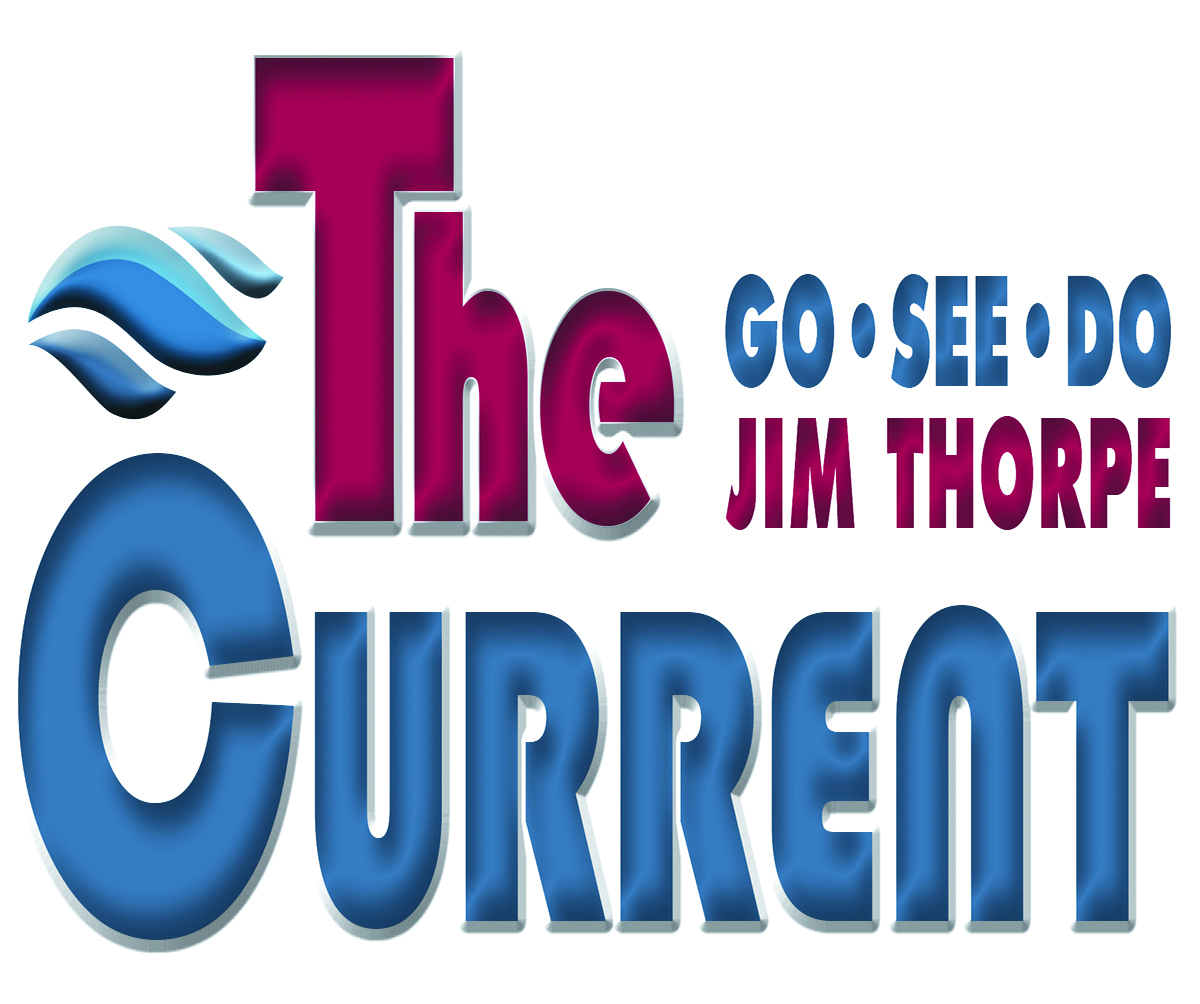



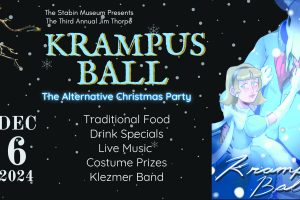



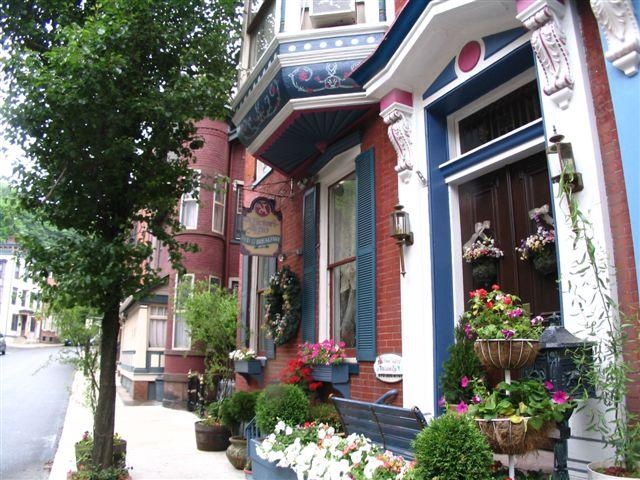

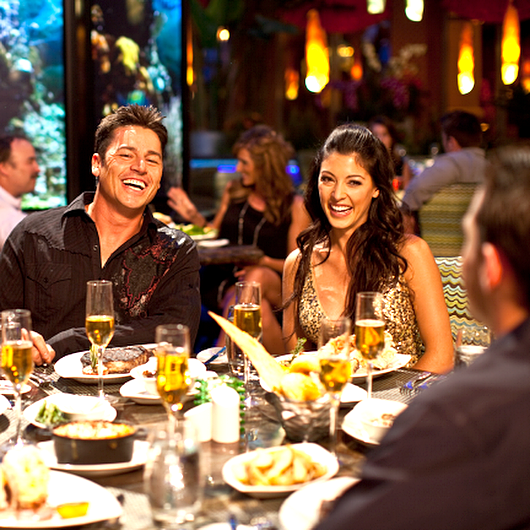

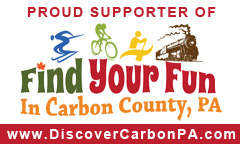







Add Comment